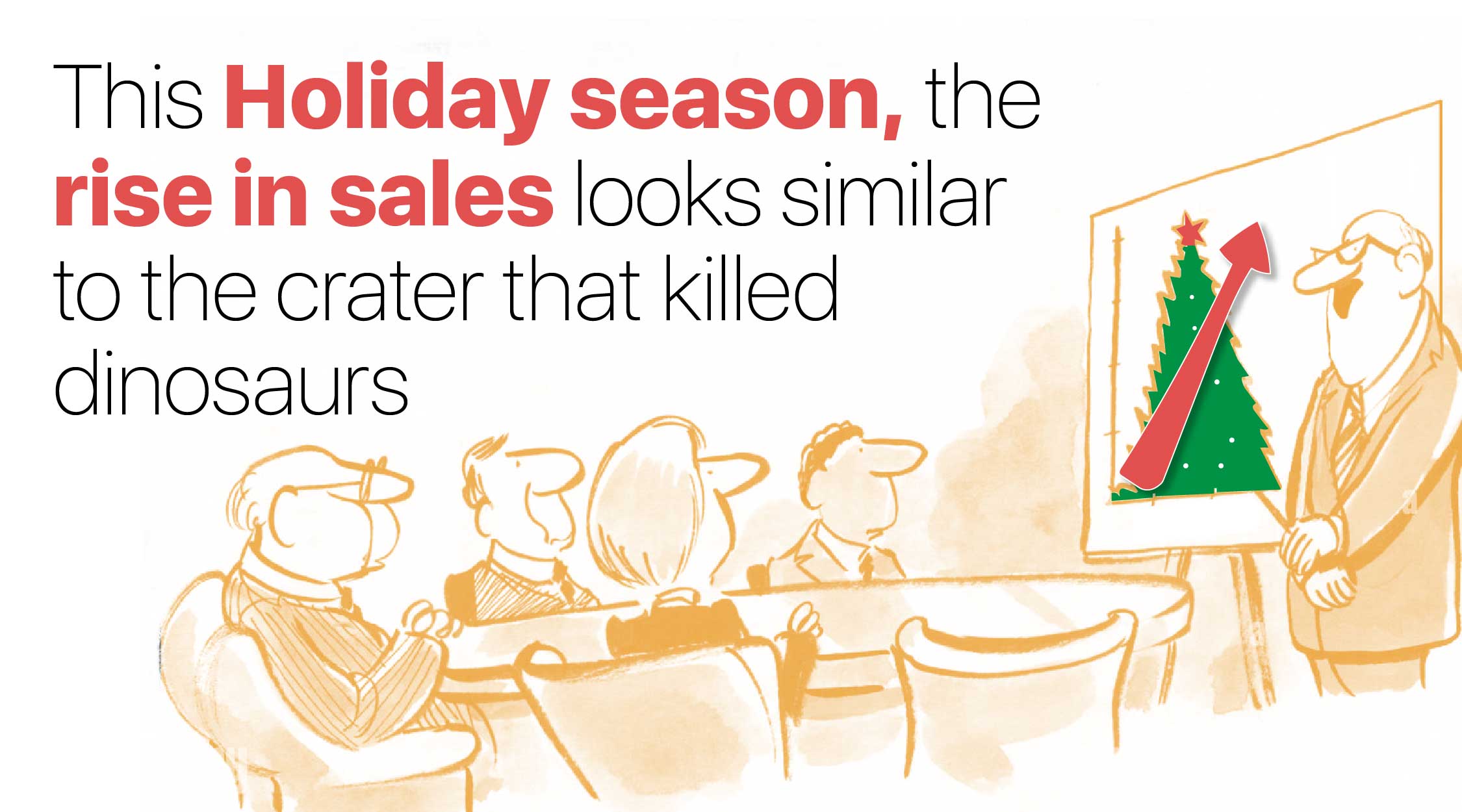Online publishing continues to grow at a steady pace. By 2025, digital publishing revenue is expected to reach over $11 billion and the ARPU (average revenue per user) in the U.S. will be around $30.7. Existing companies are investing in revamping or improving their online publications to capture a share of the market, while content entrepreneurs are creating their own news and lifestyle sites.
As the publishing industry advances, online content publishers will shift their strategies to increase revenue and embrace new technology. Here are the top publishing trends for 2023 that will change the way digital content is created, published and monetized.
1. AI Assists with Writing
While artificial intelligence (AI) already helps improve copy through spelling and grammar checks, 2023 is the year it will transform how publishers create content. AI tools will assist publishers with brainstorming ideas, generating copy and even rewriting copy to optimize it for SEO purposes. Outlining, organizing and researching can also be done using AI tools, helping publishers create more comprehensive and cohesive content faster.
2. SEO Continues to Be Critical
Google’s ever-changing algorithms mean online publishers need to stay on top of their SEO strategies. From leveraging relevant keywords to improving page speed, as consumers have shifted to using mobile devices and Google switched to a mobile-first index publishers must ensure their sites are optimized for mobile to improve their rankings.
Using AI tools will help SEO research and optimization go faster, but publishers will need to keep up with how Google ranks websites to ensure they continue to rank well for their keywords. Additionally, they’ll also need to stay on top of their technical SEO as well as on-page optimization.
3. Subscription Content Generates Revenue
Free content isn’t going anywhere, but in 2023, publishers will look for new ways to generate revenue. Subscription-based content is already common with newspapers and magazines, from large organizations to small content startups. Often, they’ll combine it with free content to entice readers to subscribe. Expect to see more publishers creating premium content and putting it behind a paywall as another means of improving the bottom line.
4. Niche Publishers Emerge
“Find your niche” is advice given to new content publishers, and in 2023, it will be taken to heart. While a more general publication attracts a lot of eyeballs, narrowing the focus creates a smaller but more loyal group of readers. They’re more likely to purchase recommended products and trust a niche publication as a result.
Because the potential for revenue is so great, niche publishers will continue to emerge. Meanwhile, existing online publishers will continue to hone their niches, zeroing in on content that appeals to a very specific audience and building credibility with those readers.
5. Commerce Publishers Leverage Automation
Publishers are always searching for sources of revenue, and affiliate marketing plays a large part in it. The majority of online content publishers – 84% – join affiliate marketing networks, and 94% of publishers join two or more affiliate programs. But that means a lot of manual work, including updating links.
Display and video are no longer the main way for publishers to increase revenue. Publishers are growing their commerce content, such as gift guides and product comparisons with links to directly purchase products, to boost their bottom line.
In 2023, expect to see automation for content publishers, particularly commerce content publishers, that allows them to have complete control over clicks, demand relationships, and the user experience. At the same time, new tools will increase revenue with automated decisioning, which optimizes link revenue in real-time. They will also be able to use data to produce more high-performing content.
6. Long-Form Content Dominates
The days of 300-500 quick-hit blog posts are over. Long-form content consisting of comprehensive pillars will dominate online publishing, increasing SEO rankings and building customer loyalty. These informative pieces will, at a minimum, be 1,000 words and dig deeply into topics. Some pieces may even be more than 2,000 words. Well-written long-form content will keep readers engaged and help time for on page for SEO purposes, as well as provide more opportunities for publishers to link out to products and build relationships with partners.
7. Podcasting Increases
Not all content will be written. Podcasting will continue to grow, to the tune of over 100 million listeners in the U.S. alone in 2023. Whether it serves as an extension of a written publication or is completely new, podcasts present another opportunity for online publishers to grow their audience and their revenue. Podcasts can be used to distribute promo codes for partners, and the show notes are ideal for including backlinks.
8. New Data Privacy Laws Require Compliance
Already faced with the EU’s General Data Protection Regulation (GDPR) and other online privacy laws, publishers are no stranger to compliance. In 2023, they will also need to comply with the American Data Privacy and Protection Act, a new U.S. Federal law making its way through Congress, and the upcoming U.K. data reform bill. Both regulate how data is collected and stored.
9. Publishers Measure Audience Attention
Advertisers want to know how engaged audiences are, especially video advertisers. This means publishers will need to find new ways to measure traffic. One way is through audience attention, which will require publishers to explore new technologies to measure it and understand how audiences are reacting to content.
10. Sustainability Hits Publishing
As the importance of sustainability increases, publishers will need to look for ways to reduce their carbon footprint. While many can leverage remote work to minimize travel, they are also handling ever-increasing data volumes that require more server power. Publishers will also want to look at how their data is being processed and the energy sources their vendors use to provide advertisers with assurances that they are holding themselves to sustainability standards.
With no signs of slowing down, online publishing provides a lot of opportunity for content creators and publishers. To succeed, publishers will need to pay attention to trends like AI, automation and sustainability and work to find new ways to monetize their content and produce content that generates revenue.





